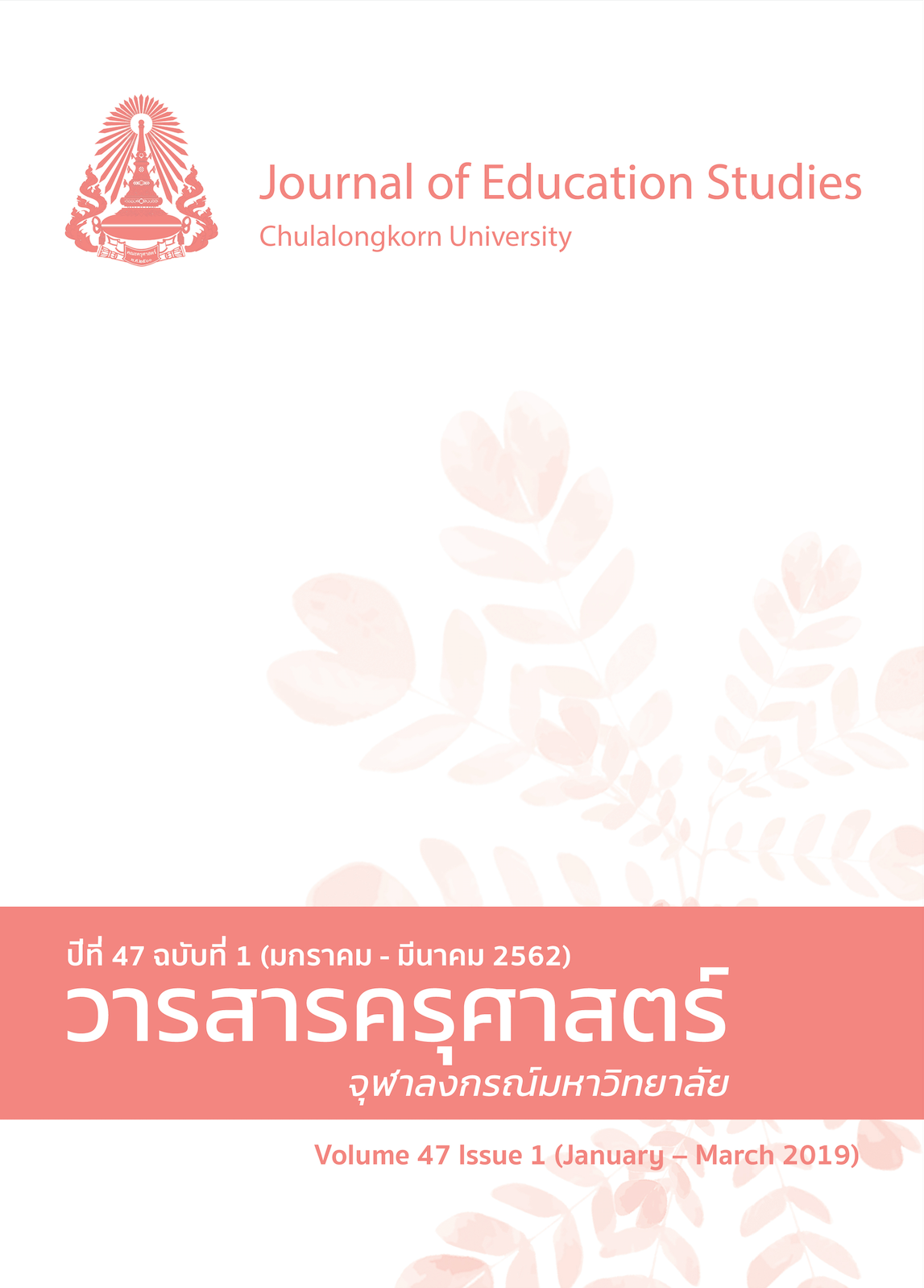การพัฒนาห้องเรียนแห่งการตื่นรู้
Keywords:
MINDFULNESS, DEVELOPMENT, AWAKENING CLASSROOMAbstract
Mindfulness will enable students to respond creatively to events that they
encounter. After nearly six years of having tried to apply the formal practice of Buddhistbased mindfulness to the classroom managements, there is only one thing that I can be confidently assured of: recognition of my own feelings immediately after entering the classroom is the starting point of an awakening classroom. Other factors including the effect from the classroom management cannot be so definitely concluded. This is because it always keeps changing and that is challenging and worth being enthusiastically learned and continuously developed. This article discusses the three stages of developing an awakening classroom which resulted from attempts to apply the formal practice of Buddhist-based mindfulness to classroom management. Those are comprised of innovative class attendance checks, applied classroom management including the foundation of mindfulness and learning-teaching relationship, and the awakening classroom which reflect on feelings, thought and management of the mind, respectively.



